The importance of future-proofing when building a PC is often overstated. Sure, buying a power supply with some buffer and opting for a long-lasting socket make sense, but overspending on every single component just to make your PC "last longer" can get complicated. The latest features you plan to use once they become relevant might never pan out that way. You might not even want to use the same tower in three years, wanting to build an SFF PC instead.
It's best to pay for the performance you need right now, and upgrade as you go. You'll get the most ROI on your money instead of wasting it in the hope that it'll be worth it at some point.
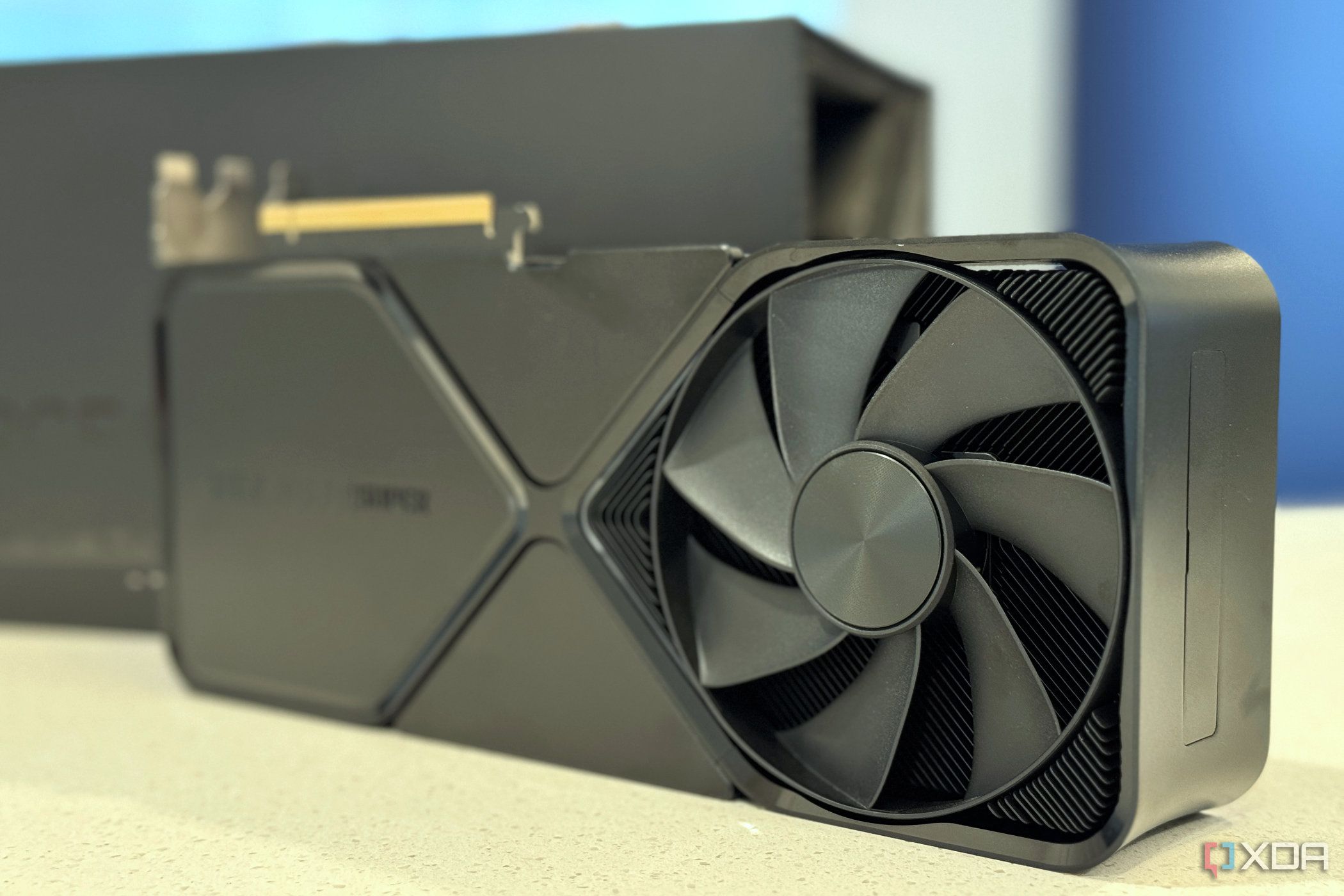
Related
8 gaming PC myths that trick you into overspending on your build
Old and new myths about PC building can trick you into blowing your budget on parts you never really needed
4 The future might not go your way
Don't be so sure
The biggest argument in favor of future-proofing is that it allows you to skip the next few generations of products and avoid upgrades for longer. This logic ignores the very real possibility that you might move to a completely new build without ever using the features you overpaid for. Even your RTX 5090 might become a mid-range card by the time 2030 rolls around. So, you'll want to upgrade in 5 years anyway to maintain the same level of flagship performance you're used to. How exactly did you future-proof your PC then?
Even the features that you valued when buying parts for your PC, such as Wi-Fi 7, multiple Gen5 M.2 slots, and needlessly fast RAM speed, might never become useful by the time you wish to build a new system from scratch. So, what you've essentially done is overbuilt your PC for a "future" that never arrived, at least not in time.
Things could change a lot in 5 years, like Intel making a comeback with a new CPU architecture that seems hard to ignore, or AMD beating Nvidia in ray tracing performance with its "RX 11000" series cards. Building a PC today, assuming your high-end hardware will exist in the same kind of environment it does right now, is a fallacy. This is why you should only buy the performance and features that you will use to the fullest over the next 3 years.
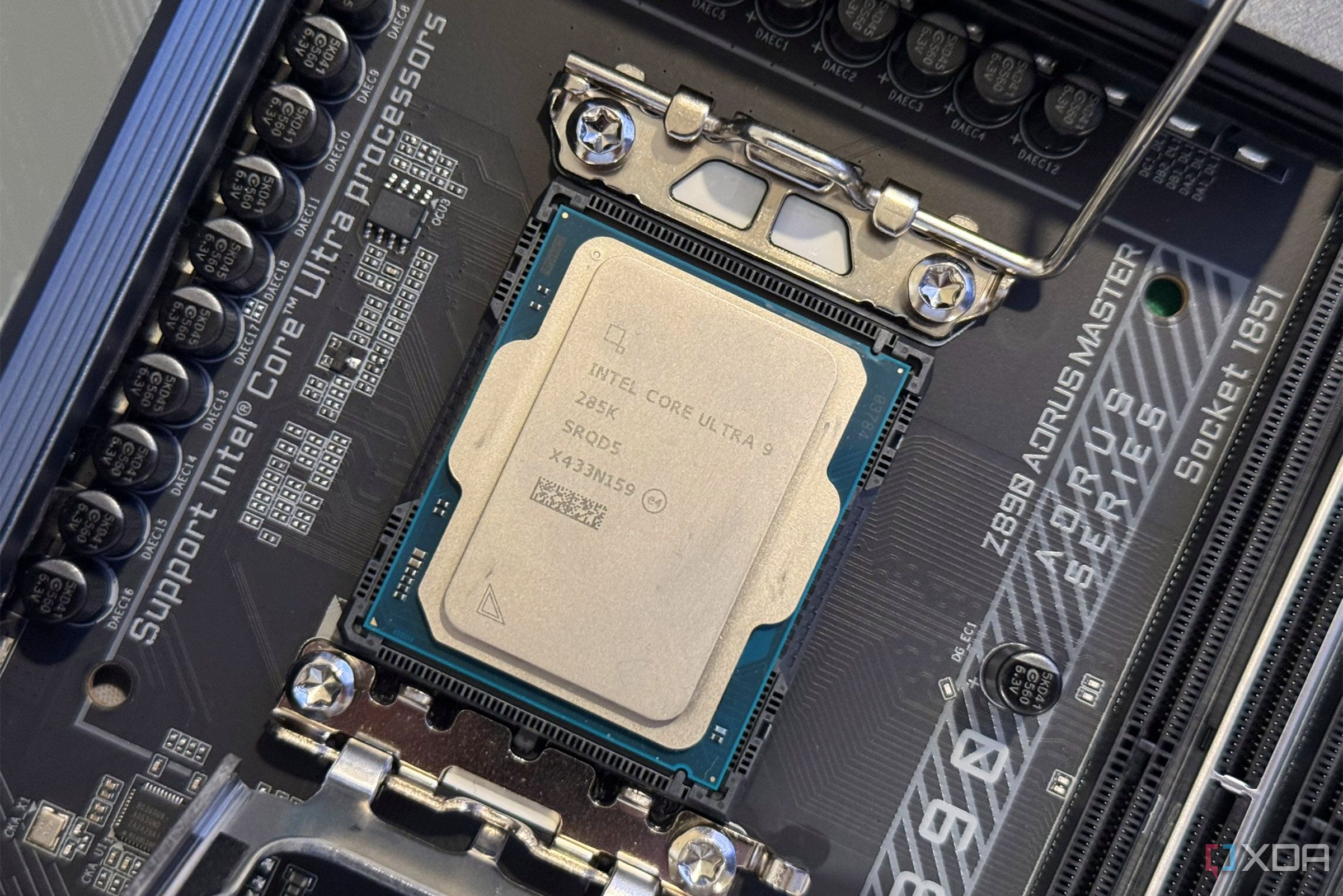
Related
5 PC hardware trends we desperately need in 2025 and beyond
These things need to happen to make gaming PCs great again
3 Your tastes might change in 3 to 5 years
Your love for your current PC might fade
Suppose you go all out, building a fully-specced, future-proof mid-tower with top-of-the-line components, sparing no expense. You'd be proud of yourself and your creation for a few years, but who's to say you won't feel the need to build a new PC in, say, the next two or three years? Maybe you'll be bitten by the SFF bug, eyeing a classy and minimalist case for your next project?
It'll seem great until you realize you can't use most of the components of your existing build in your new one. The motherboard, power supply, graphics card, and even the CPU (due to cooling constraints) would need to be replaced. The big bucks you spent on your enthusiast build will seem ill-considered and wasteful. You can rarely predict the future, and the things you'll be interested in down the line. Maybe you'd want to move to a console after years of frustration with gaming PCs.
If you don't fixate on future-proofing and instead build a rig that makes sense for you right now, you'll save a lot of money, and avoid the regret if you decide to move to a new machine after a couple of years.
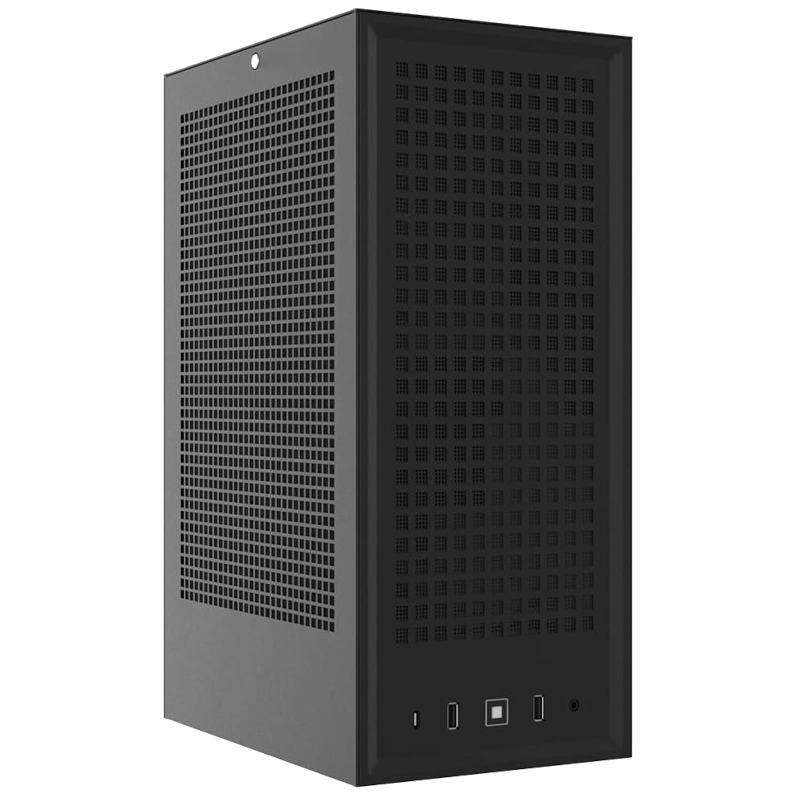
HYTE Revolt 3
The Hyte Revolt 3 is a super-compact ITX case that can be bought as a standalone chassis or one with a PSU pre-installed. It's a great foundation for a powerful yet small gaming PC.
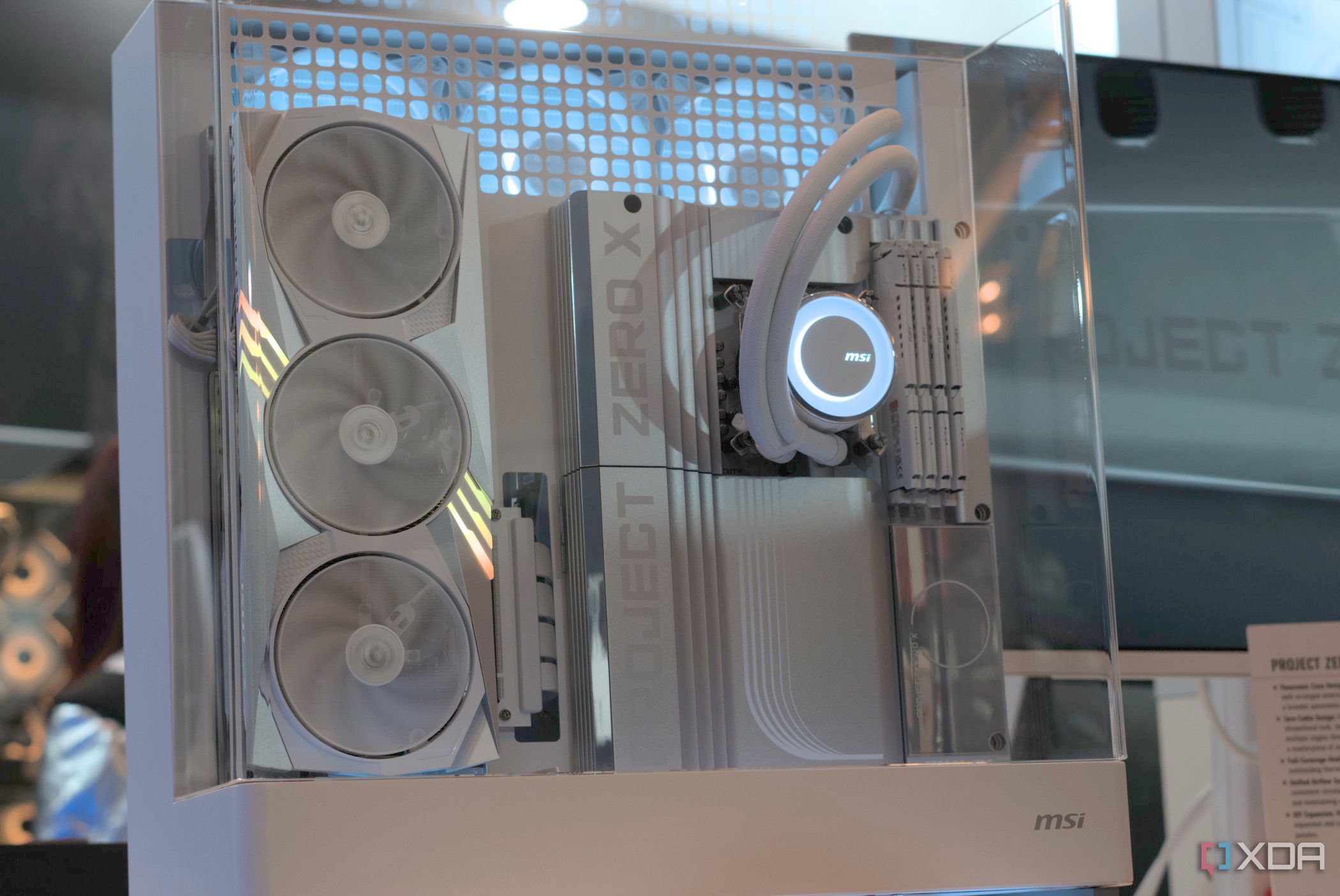
Related
5 ideas to build a PC that stands out without going overboard
Crafting a PC with a unique aesthetic might have become harder, but it's not impossible
2 You're overspending on the future while sacrificing the present
Aim for balance
Another problem with future-proofing is the temptation to blow the budget on one or two core components while neglecting the others. This can look like pairing an RTX 5080 with Ryzen 7 9800X3D, and then cheaping out on the power supply and motherboard. An ill-equipped power supply is not only dangerous to your precious hardware, but it also doesn't make sense on a build with such high-end components.
Similarly, an entry-level motherboard might show stability concerns down the line, or deprive you of sufficient I/O ports, M.2 slots, and RGB headers. You might also miss features like M.2 heatsinks and a decent design on a cheap motherboard. Instead of building a lopsided rig, you should spend wisely on each component. An RTX 5070 Ti and Ryzen 7 9700X will still allow you to enjoy high-end gaming, but you'll be able to buy better RAM, more storage, a great gaming monitor, or a spacious case with the money you save.
Your overall PC experience will be enriched, and the years you spend with this rig will be more meaningful compared to those spent with a machine compromised on several fronts.
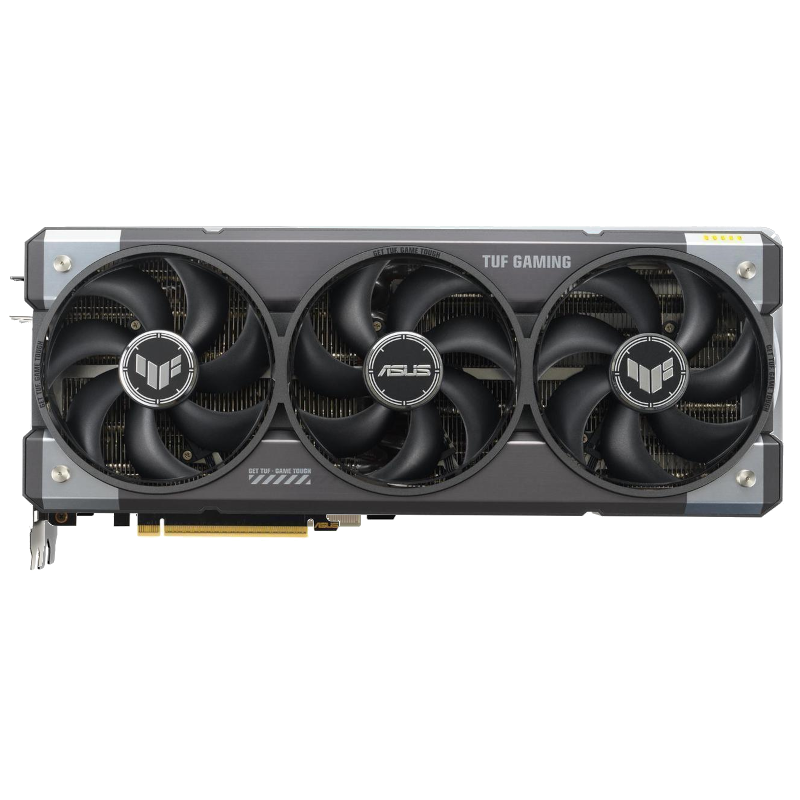
Asus TUF Gaming GeForce RTX 5070 Ti OC Edition
The RTX 5070 Ti is a solid GPU for those who don't want to spend more than $1,000 in the current market. It offers great 1440p and 4K gaming, and provides 16GB of VRAM.
1 A "future-proof" PC isn't adaptable
A self-imposed prison
Finally, the biggest problem with future-proofing your PC is that you essentially lock yourself out of intermittent upgrades by overspending at the outset. Because you've spent so much on high-end or flagship components, you force yourself to stay on the same hardware even if you want to drop in a new CPU or graphics card that you really like. You want to justify the investment, so you avoid making any hardware upgrades for years.
If you build a more reasonable machine, swapping components won't feel as painful. First, you'll be more willing to make the switch because of the lower investment. And second, you'll get a bigger percentage of your existing hardware back when you sell it. A future-proof system isn't amenable to future upgrades, which some might consider an obvious upside. However, the fact is that you've created a needlessly untenable position for yourself.
In contrast, building a mid-range PC ensures you remain more willing to swap components after a year or two. You can keep enjoying the latest generation of components without losing much of your initial investment on the sale.
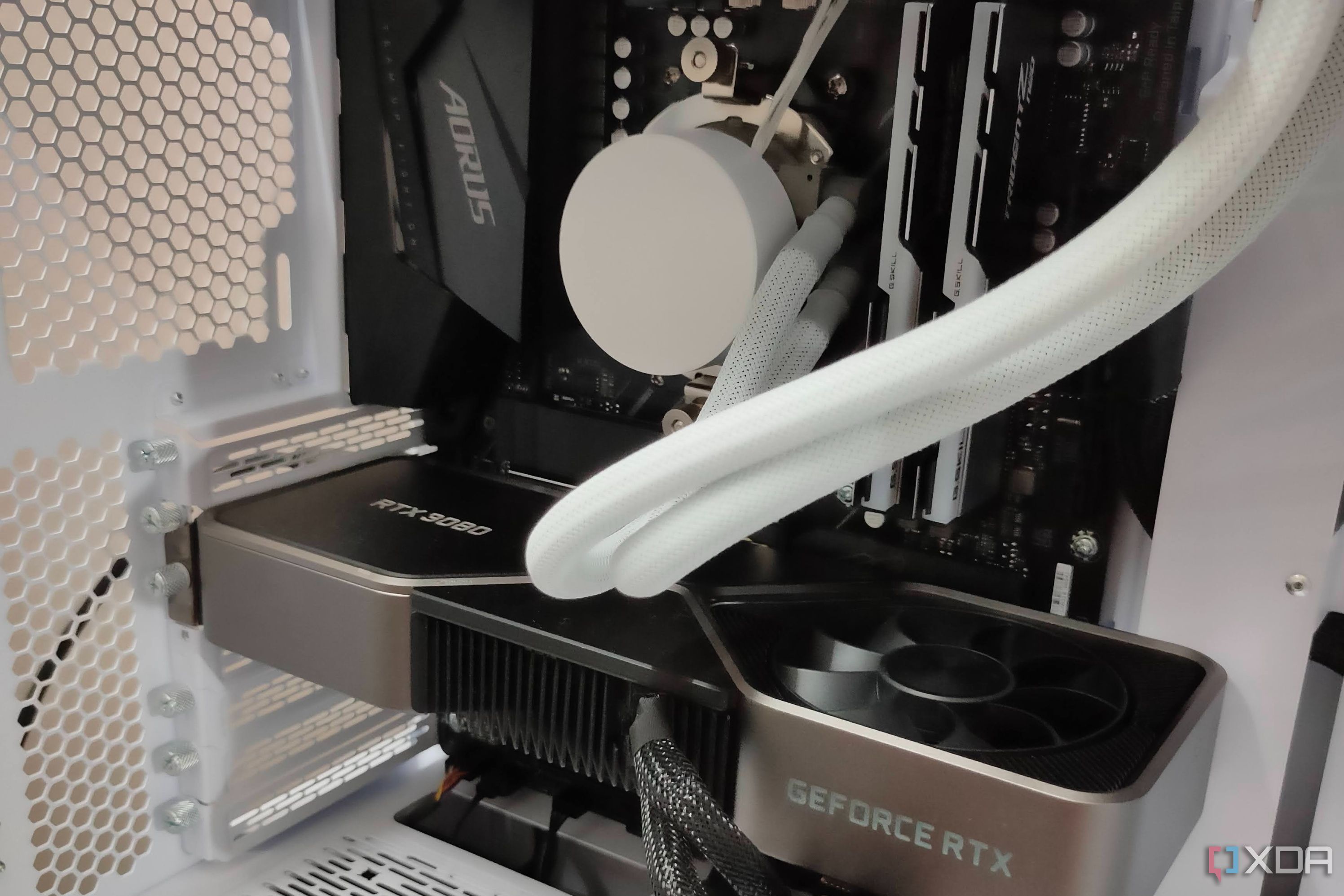
Related
How long should you wait between PC upgrades?
Let's (try to) answer the age-old question: how many years should you wait before upgrading your gaming PC?
Future-proofing is outdated
The direction the PC hardware industry is going in doesn't bode well for future-proofing. Graphics cards are relying on AI-generated performance gains instead of raw hardware improvements. High-core-count CPUs barely make any impact on gaming, even in 2025. By the time the next generation of products comes out, your flagship GPU will have been replaced with a lower-tier component that can deliver many more frames. And all those extra CPU cores you paid for will still remain unused for gaming.
.png)
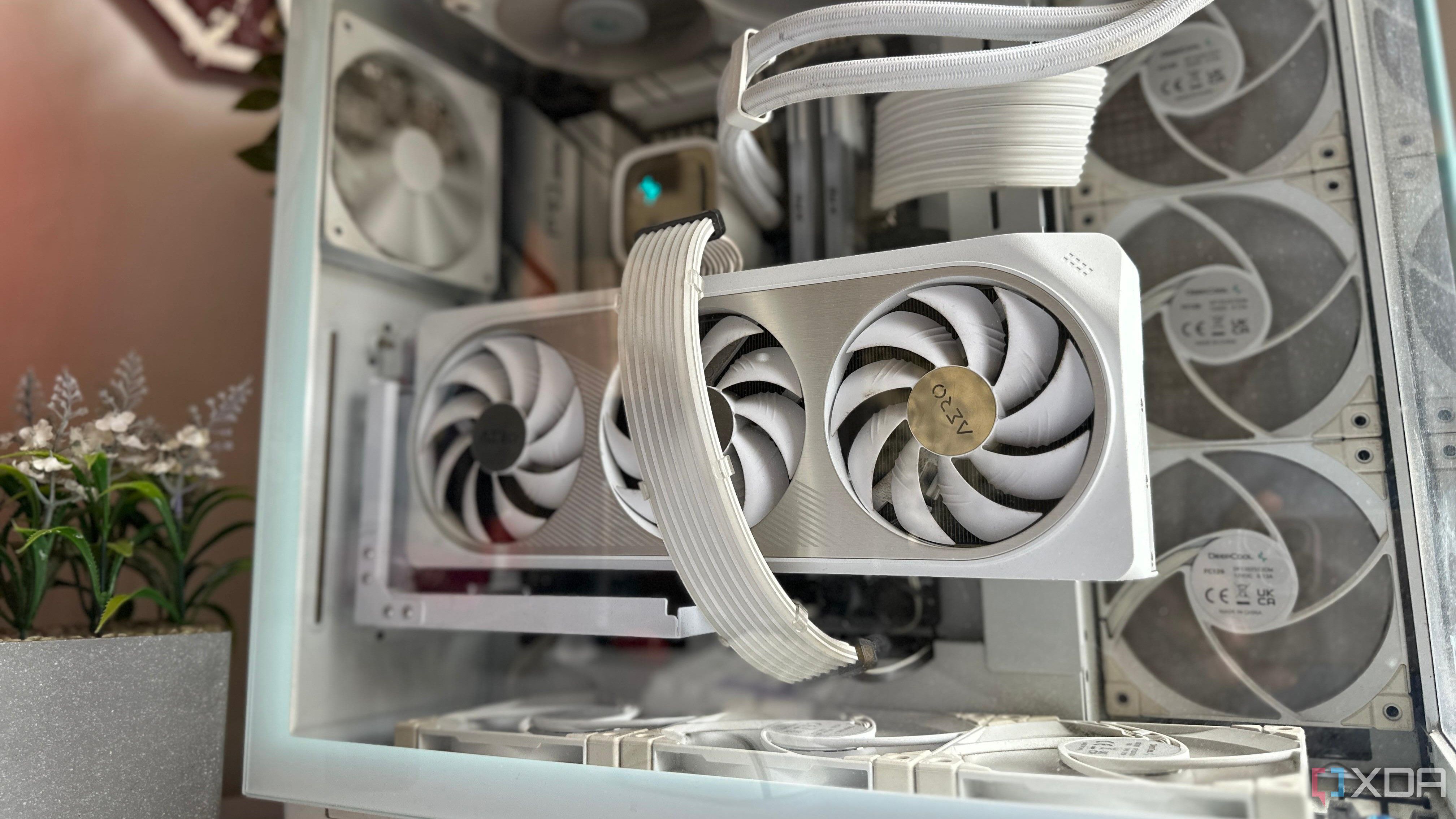




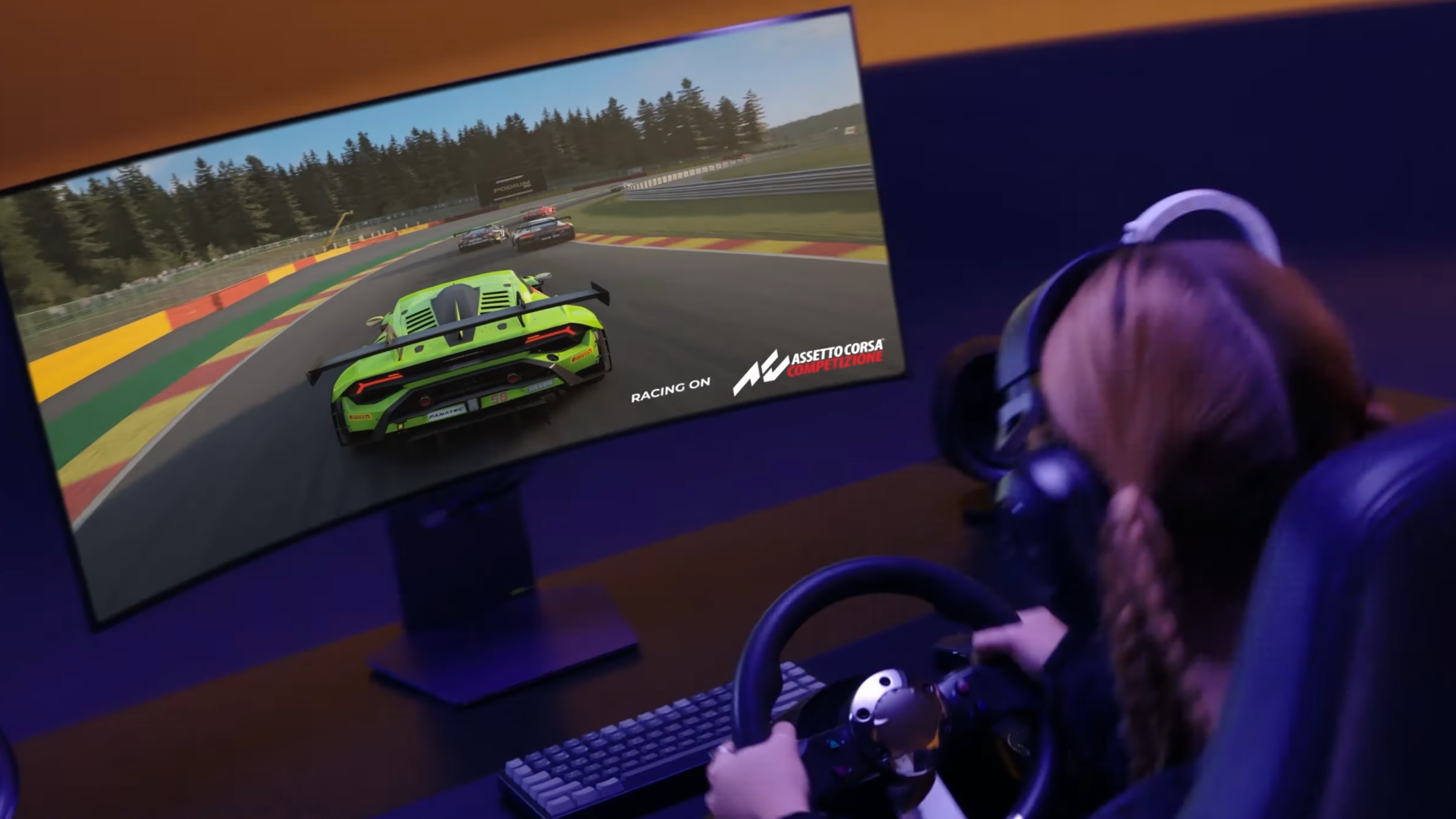





 English (US) ·
English (US) ·